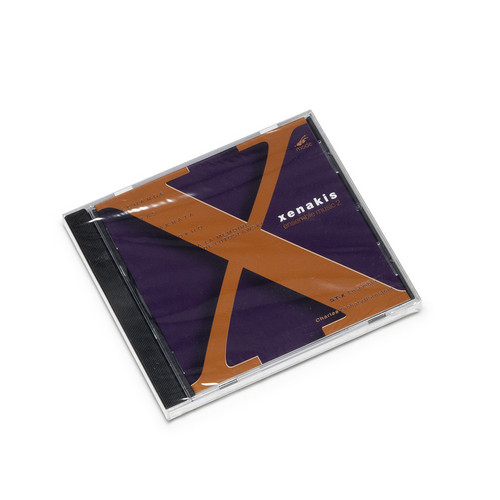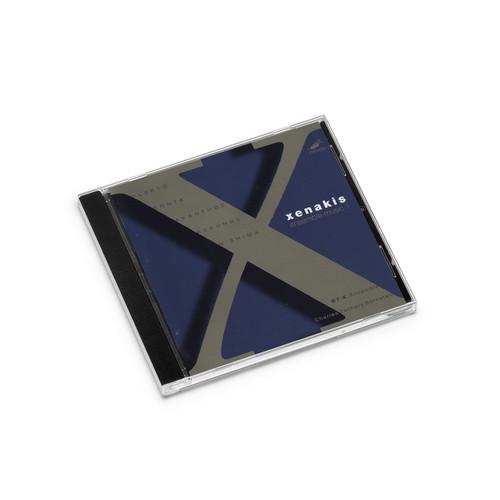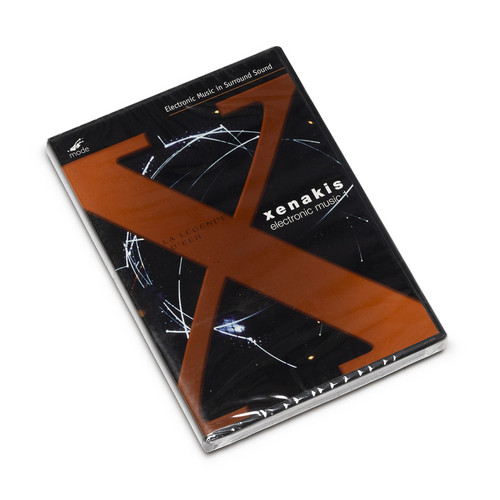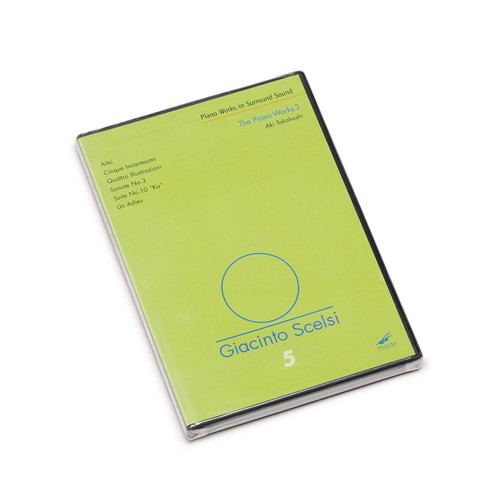★Mode
Ensemble Music Vol.2
Recorded after performances at New York's prestigious 92nd Street Y in 1996 with the participation of the composer, Ensemble Music 2 is the follow up to the initial, critically acclaimed and best selling volume of Iannis Xenakis' Ensemble Works on Mode. This disc contains the first recording of Xenakis' memorial work A la Mémoire de Witold Lutoslawski, to the great Polish composer. A literal monument in sound, comprised of massive blocks of brass arranged as a dirge-like fanfare. Composed in 199…
Ensemble Music Vol.1
Iannis Xenakis' oeuvre is unique in modern music--it is music of great visceral power, energy and sheer sound. Music from another world. Music that grabs the listener, riveting his attention. Conductor Charles Zachary Bornstein is a Xenakis specialist. Bornstein learned that of the 700 to 800 performances of Xenakis' music worldwide each year, only a handful were in America. He formed New York's ST-X Ensemble (named after Xenakis' series of ST- compositions from the 1960s) in 1994 to fill the vo…



